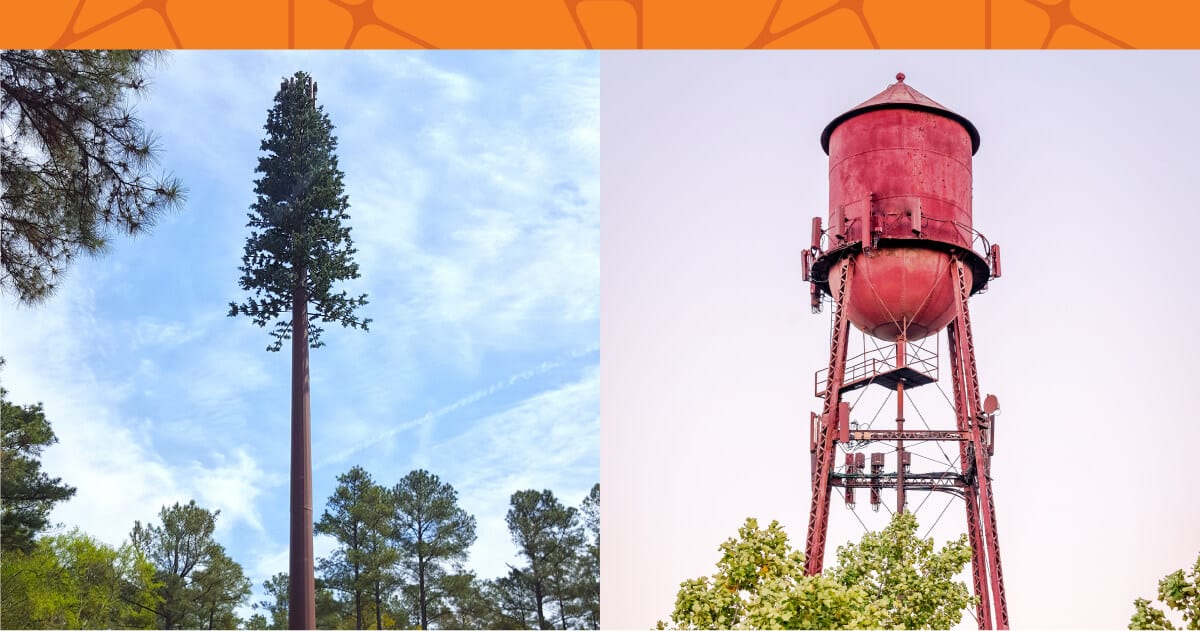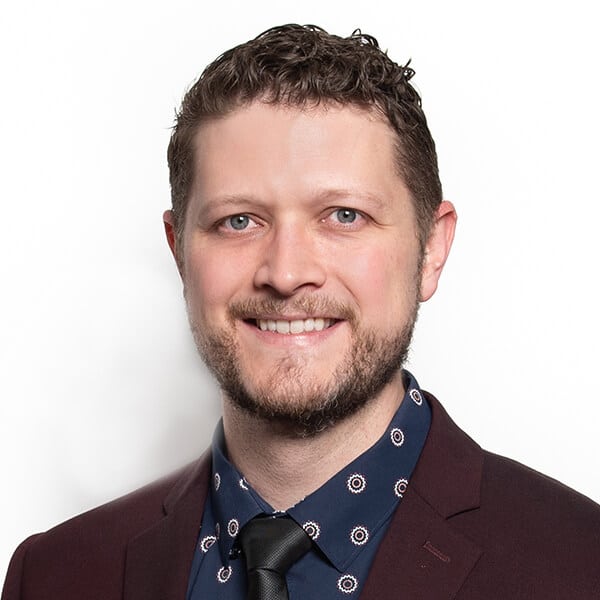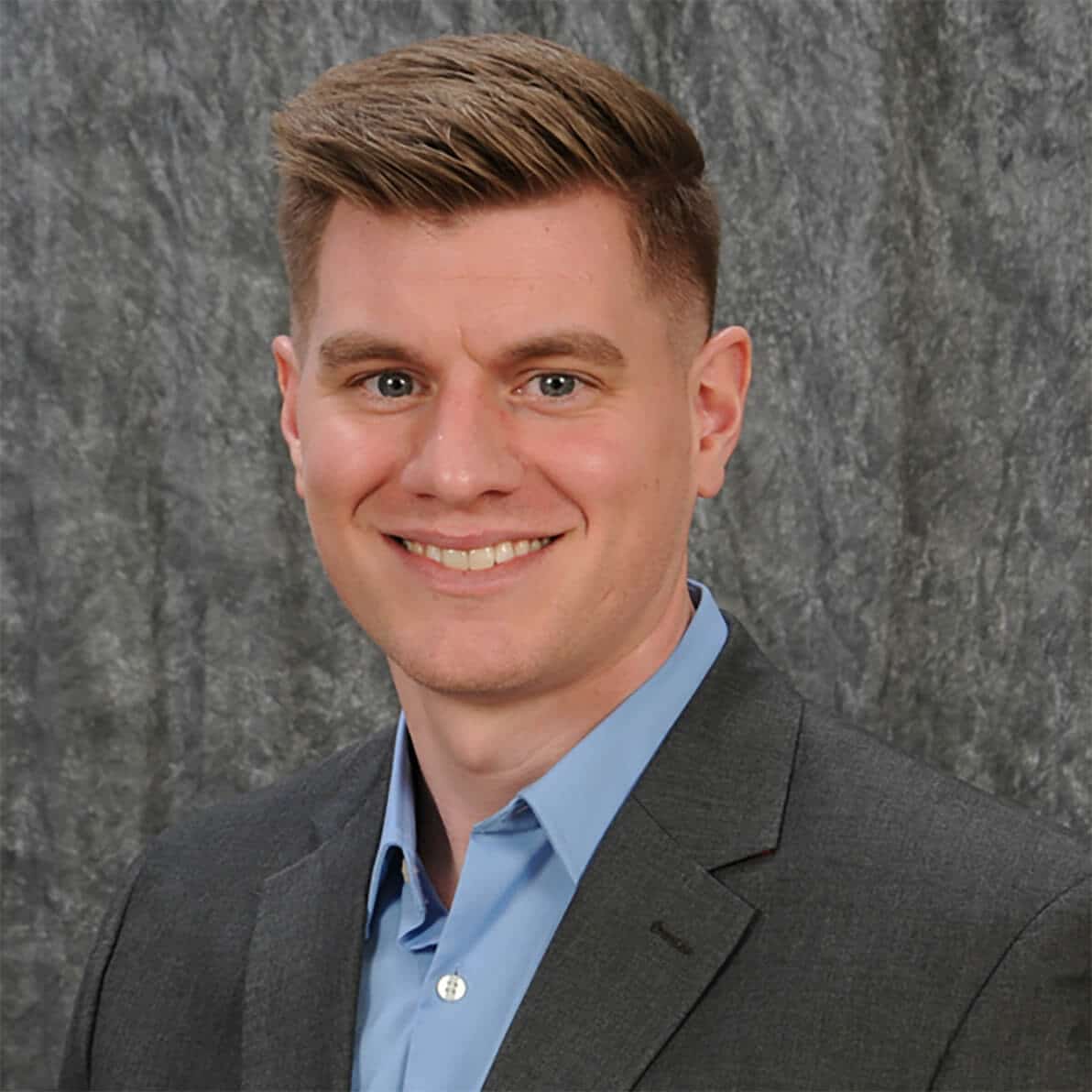- July 15, 2020
- Kimley-Horn Corner, Perspectives
Resilient Structural Engineering and the Evolution of Wireless Telecom


Avery Fann, PE
Telecom Project Manager

Kevin Fraleigh, PE
Telecom Project Manager
The wireless industry demands speed and consistency, and as it continues to evolve to allow for better and faster coverage, optimizing infrastructure has become critical to reducing carrier capital expenditure and timelines for network overlays. Efficient and detail-oriented modifications will consider economics and constructability, maximizing investments in the network.
Spanning a wide range of structure types, the wireless industry requires intimate knowledge with various design standards and building codes. Experience with telecom code writing, applicable codes, and allowable exceptions can maximize the value and marketability of assets. Plus, CAD technology and the latest software will ensure your structures are accurately represented through a rigorous structural analysis.
Where Telecom Meets Structural Engineering
Kimley-Horn’s Telecom specialists have decades of experience with infrastructure engineering. Our innovative Telecom experts and practiced structural engineers collaborate closely with one another to design efficient networks that maximize your investment. The types of structures we work on include:
- Towers
- Mounts
- Utility Structures
- Rooftops
- Water Storage Tanks
- Concealment Structures
- Equipment Frames and Platforms
- Small Cells
The Kimley-Horn Approach

Kimley-Horn provides a full suite of in-house services to clients including tower owners and all the major carriers. We start structural and modification projects by reviewing the available documentation and confirming we have the most up-to-date information. We utilize an in-house document management system to leverage previous data and optimize the completion of the project. Our focus on documentation management regularly reduces the need for additional site visits, saving clients time and money.
Through our software and tool development efforts, we accelerate timelines while driving quality and consistency. This automation allows our engineering staff more time to dig deeper and focus on the results of each structural analysis.
Quality control is not just a buzz word for us—it’s part of every project we touch. We budget for it, we plan for it, and we execute it. This dedication to quality is what positions our clients for success throughout the project lifecycle.
How do we help Telecom clients with structural engineering and modification services?
- Concealment Structure Analysis
- Foundation Design
- Foundation Modification Design
- Mount Analysis
- Node Analysis
- Platform Design and Analysis
- Rooftop Analysis
- Structural Modification Design
- Tower Analysis
- Tower Extension Design
- Utility Structure Analysis
- Water Storage Tank Analysis
To learn more about our structural and modification consulting services, contact Avery Fann or Kevin Fraleigh.
About the Authors

Avery Fann, PE
Avery focuses on understanding his clients’ needs throughout the project lifecycle and partners to solve difficult problems. His academic background in engineering and business provide him with the unique expertise needed to innovate and deliver value to his clients. His experience includes oversight and management of operations for engineering and inspection services; workflow optimization; QC/QA for final deliverables; software/tool development; and structural analyses and design for a variety of structures and structural elements.

Kevin Fraleigh, PE
Kevin is currently Kimley-Horn’s lead project manager for the AT&T TURF work-flow. He has over nine years of experience working directly for AT&T, specifically on AT&T Towers projects. With experience performing AT&T analysis, modification designs, inspection/observation reporting, task management, and project management in addition to significant experience pulling files and data from AT&T databases, such as FileNet, Kevin has seamlessly assumed the role as lead AT&T engineer since joining Kimley-Horn. In addition to production work experience, Kevin is involved with the TIA committee code writing process and is an active member of the National Association of Tower Erectors (NATE) community.
